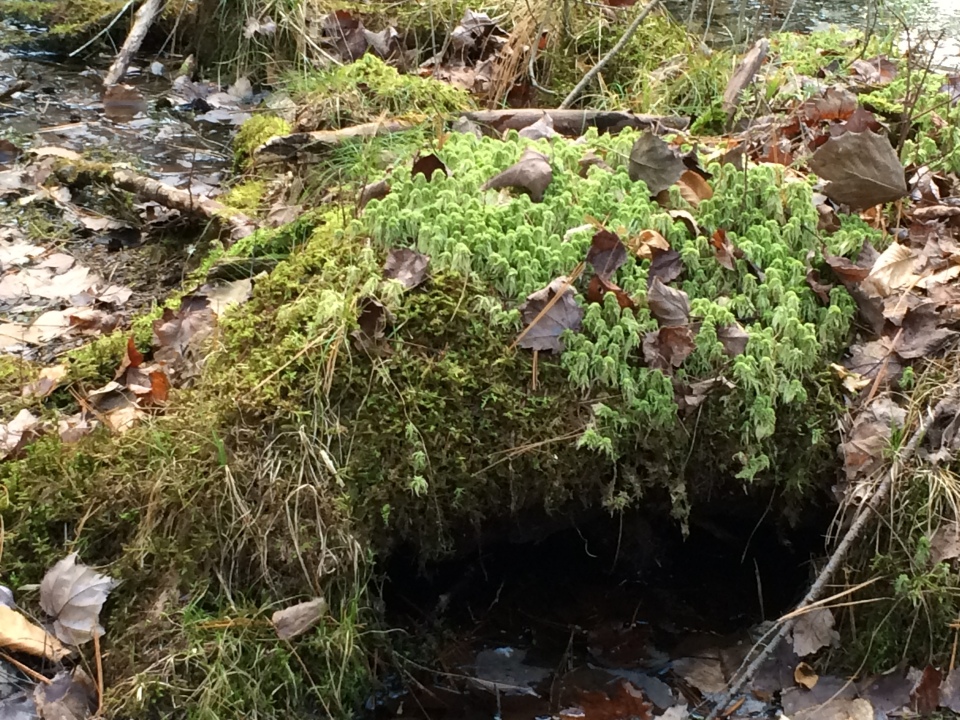Euphorbia tirucalli – Pencil Tree
Meet the reigning matriarch of my backyard, a gigantic Euphorbia tirucalli, commonly known as a Pencil Tree, Pencil Plant, or Pencil Cactus.

At first glance (and maybe even second and third) this huge specimen is easy to mistake for a pine tree of some sort. After all, who would think that a succulent could reach such impressive size and hold itself up? I tend to think of them as softer creatures, in spite of their obvious resilience and sometimes spiny exteriors, so seeing this tree-like euphorbia is something like seeing a caterpillar with a skeleton.
These are it’s small flowers at the end of the elongated leaves:

I have no idea how old my tree may be. My neighbors have lived next door for almost 30 years and tell me it’s been about the same size since they moved in. This is definitely a fast grower, but must have taken at least that long to get to this size and structural complexity, so it has to be 60 years old at minimum. How interesting it would be to go back and see it’s humble beginnings. Was it planted there? By whom, and did they have any idea it would one day dominate the yard so majestically? Pencil plants are a common house and yard plant around these parts, so I wonder if maybe it just took root here from a discarded clipping sometime back in the 1950’s or 60’s…
…Which brings me to a truly fascinating aspect of the pencil plant. Around the time I figured out that this “tree” was not what I thought, I also noticed that it exudes a viscous white sap when injured:

Not only does it closely resemble white glue, but this stuff seems to flow unusually fast, like the plant is pumping it out to try to get it on whatever is attacking it. Attempting to clean up some vines around my tree one day, I got some of it on my arms above my tall gloves. I thought nothing of it until I woke up the next day with itchy red blisters where the sap had adhered to my skin. Although I’m constantly encountering plants foreign to me, I never really worry about natural poisons. Here was my wake-up call!
Only a short amount of time online informed me that pencil plants of all varieties are poisonous, both through consumption and skin or mucus membrane contact, to humans and our pets, and are not recommended to be kept in the house.
The thick sap is referred to as a latex, and– here’s the really amazing part!– it’s a naturally occurring hydrocarbon. I did not even know that such a thing existed. According to the Wikipedia entry for Euphorbia tirucalli,, “E. tirucalli is a hydrocarbon plant that produces a poisonous latex which can, with little effort, be converted to the equivalent of gasoline.” In the plant’s native Northern Africa (nope, not a California native by a long shot) such processes have been proposed, but never really seem to have taken off.
Everything I learn about my tree makes me all the more impressed and fascinated. While composing this blog entry in my head, I attended a friend’s wedding where succulent terrariums were the table centerpieces. I spotted a recognizable friend in mine with renewed respect!

Perhaps 60 years from now this wee baby will become a giant, presiding over a hillside and giving the scrub jays a home.
~
















































